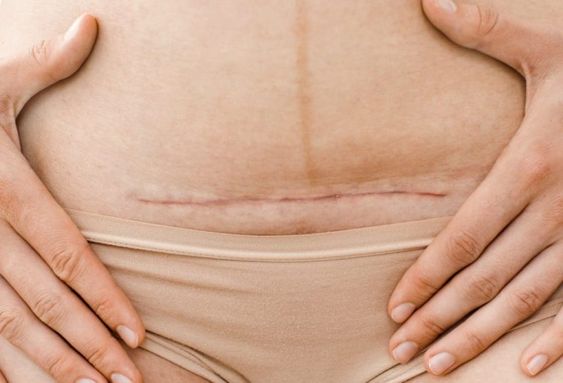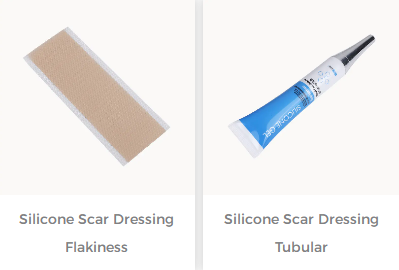For mothers who give birth through cesarean section, postoperative wound care is very important. It is a woman's nature to love beauty. If a new mother has scars on her body, it may cause her to feel unhappy. In order to weaken the presence of scars and avoid infection and complications, how to properly care for postpartum wounds?
1. Use transparent film dressing to protect the wound
Try to keep the wound away from water for a week after delivery. It is recommended to use a transparent film dressing when bathing. It can prevent water from entering the wound and causing infection. If the wound accidentally touches water, disinfect it immediately. Try to choose loose cotton clothing to avoid rubbing the wound.
2. Get out of bed as early as possible and move around
Proper activity helps improve blood circulation and promote wound healing. Therefore, mothers should plan the amount of activity according to their comfort level. If you feel tired or have wound pain, take appropriate rest. This can also avoid the risk of blood clots in the lower limbs caused by lying still for a long time.
Parturients can use a special abdominal girdle for a caesarean section, tie the abdomen before getting out of bed, support the abdomen with one hand, and hold the wall with one hand to avoid pain caused by touching the wound while walking.
3. Don't open the scab too early
Don't peel off the scar too early because of pain and itching. Forcibly peeling off the scab too early will take away the epidermal cells that are still in the repair stage, and even tear off the dermal tissue, irritating the wound and making it itchy. You can apply topical ointments such as triamcinolone and dexamethasone to relieve itching (subject to medical advice).
4. Gradually return to normal diet
Good nutritional status is essential for wound healing. Mothers should maintain a balanced diet with adequate protein, vitamins, and minerals. After surgery, you can eat liquid food first, not be too greasy at the beginning, and you can also supplement foods rich in vitamin C, such as citrus fruits, strawberries, etc., which can help enhance immunity and promote wound healing.
5. Regular inspection
A checkup 42 days after delivery is very necessary. You can observe the recovery of the cesarean section wound so that problems can be detected and treated early to help postpartum mothers recover as quickly as possible.
Tips for light scars:
1. Use Silicone Scar Dressing. Its main scar reduction mechanism is that the high-purity medical silicone component inhibits the proliferation of fibroblasts and capillaries, thereby preventing the fading of scar color. Long-term persistence has a certain effect on scar removal.
2. Massage can promote skin blood circulation and enhance skin repair ability. 42 days after the operation, if there are no problems with the wound after reexamination, you can apply the scar removal ointment to the scar area and gently rub the scar area with the heel of your palm, 3 times a day, for about 10 minutes each time. Continuous massage for about 2 weeks will have a certain effect on fading scars.
For more information on customized® Silicone Scar Dressing, refer to the previous articles. If you have needs, you are welcome to contact us; we will serve you wholeheartedly.
At Longterm Medical, we transform this data by innovating and developing products that make life easier for those who need loving care.
Editor: kiki Jia
Date: December 26, 2023

 English
English عربى
عربى Español
Español русский
русский 中文简体
中文简体








